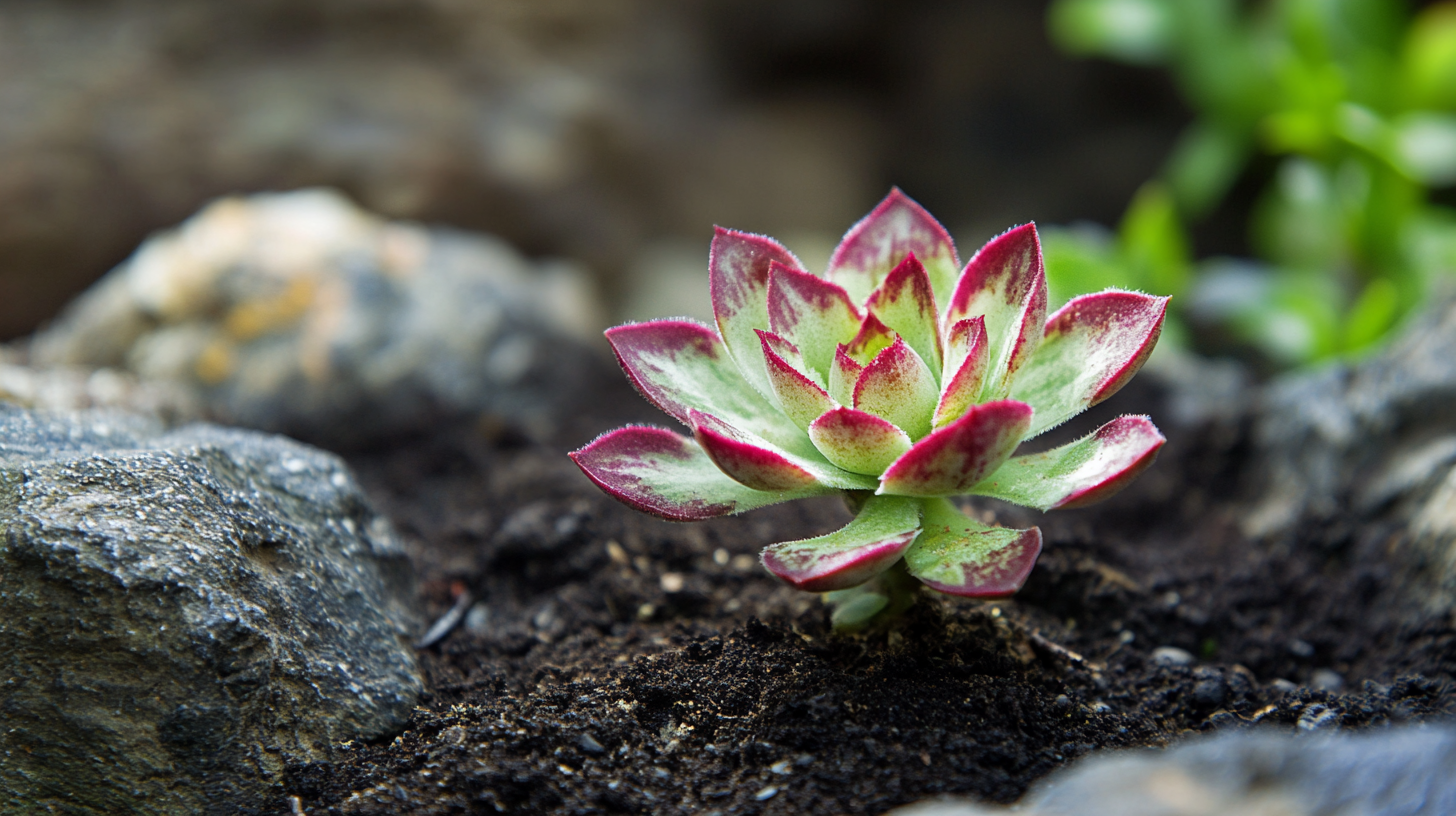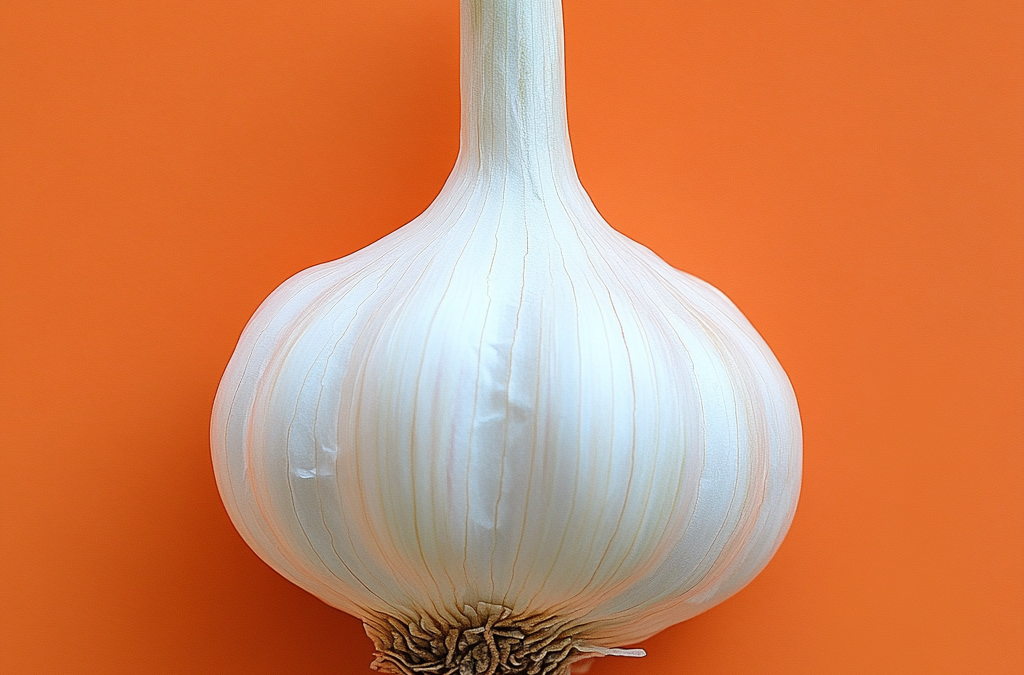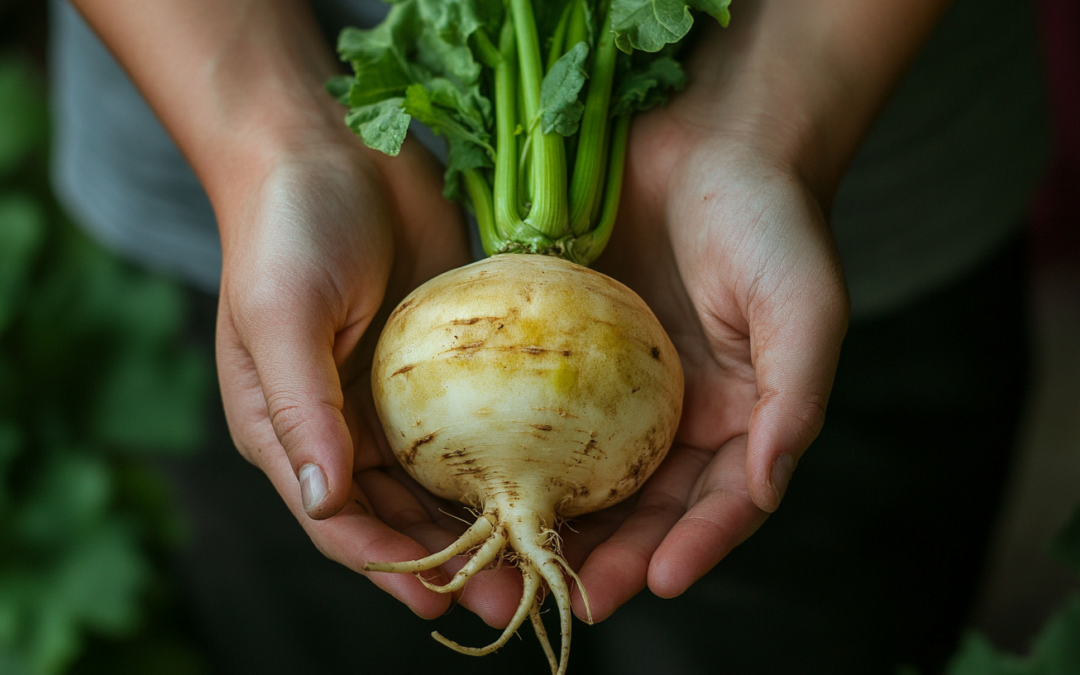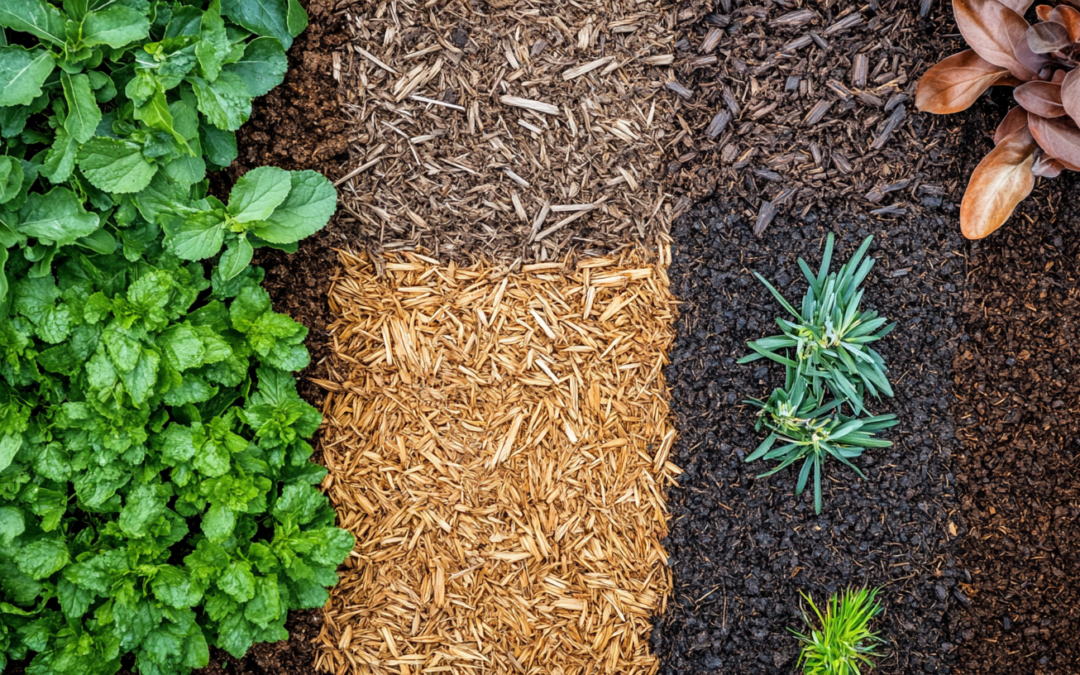Echeveria Plant Profile
Common Name: Echeveria
Family: Crassulaceae
Origin: Native to Mexico and Central America
Plant Type: Succulent
Light Requirements: Bright, indirect light
Watering Needs: Low – Allow soil to dry completely between waterings
Temperature Range: 60°F to 85°F (16°C to 29°C)
Growth Habit: Rosette-shaped, compact, and slow-growing
Height/Spread: Typically 6-8 inches tall, with a spread of 6-12 inches
Toxicity: Non-toxic to pets
Overview:
Echeveria is a popular genus of succulents known for its stunning rosette formation and colorful, fleshy leaves. These plants are loved for their unique beauty and ease of care, making them ideal for both beginners and experienced plant enthusiasts. Echeveria species come in various colors, ranging from soft greens to vibrant pinks, purples, and blues, with some even exhibiting a frosty, powdery coating that gives them a unique appearance.
Care Tips:
- Light:
Echeveria thrives in bright, indirect light. A south or west-facing window is perfect for this plant. While it can tolerate some direct sunlight, too much can cause the leaves to scorch, especially in hot climates. - Watering:
Like most succulents, Echeveria prefers to dry out between waterings. Water thoroughly, but ensure the soil is completely dry before watering again. Overwatering is a common mistake, so be cautious of soggy soil, which can lead to root rot. - Soil:
Well-draining soil is essential. A cactus or succulent mix works best, but you can also amend regular potting soil with sand or perlite to improve drainage. - Temperature:
Echeveria prefers warm temperatures, ideally between 60°F and 85°F. It can tolerate a range of conditions but should be protected from frost and freezing temperatures, as it’s not cold-hardy. - Fertilizing:
Feed your Echeveria with a diluted, balanced fertilizer during the growing season (spring and summer). Avoid fertilizing in the winter when the plant is dormant.
Propagation:
Echeveria can be easily propagated through leaf cuttings or offsets. To propagate from leaves, gently twist a healthy leaf from the plant and let it callous over for a few days. Then, place it on top of well-draining soil and lightly mist it. With time, new roots and tiny rosettes will form. Offsets (small “pups” that grow around the base) can also be separated and replanted.
Common Problems:
- Overwatering:
Echeveria is highly susceptible to root rot if watered too frequently or if the soil doesn’t drain well. Always check the soil before watering. - Pests:
Echeveria can occasionally attract mealybugs or aphids. If you notice pests, treat the plant with insecticidal soap or neem oil. - Leggy Growth:
If your Echeveria becomes leggy (stretched out), it may not be getting enough light. Move it to a brighter location to encourage more compact growth.
Fun Facts:
- Echeveria is named after the Mexican botanist Atanasio Echeverría, who first described the plant.
- Some Echeveria species change color depending on the season, with cooler temperatures often bringing out pink, red, or purple hues.
- These plants are not only beautiful but also drought-tolerant, making them perfect for low-maintenance gardeners.
Styling Ideas:
Echeveria is a versatile plant that can be used in various indoor settings. It looks stunning in terrariums, decorative pots, or even as part of a succulent garden. Its compact size makes it perfect for windowsills, bookshelves, or as part of a larger plant arrangement.
Whether you’re a succulent enthusiast or a beginner, Echeveria is sure to bring a touch of elegance and color to your home!



